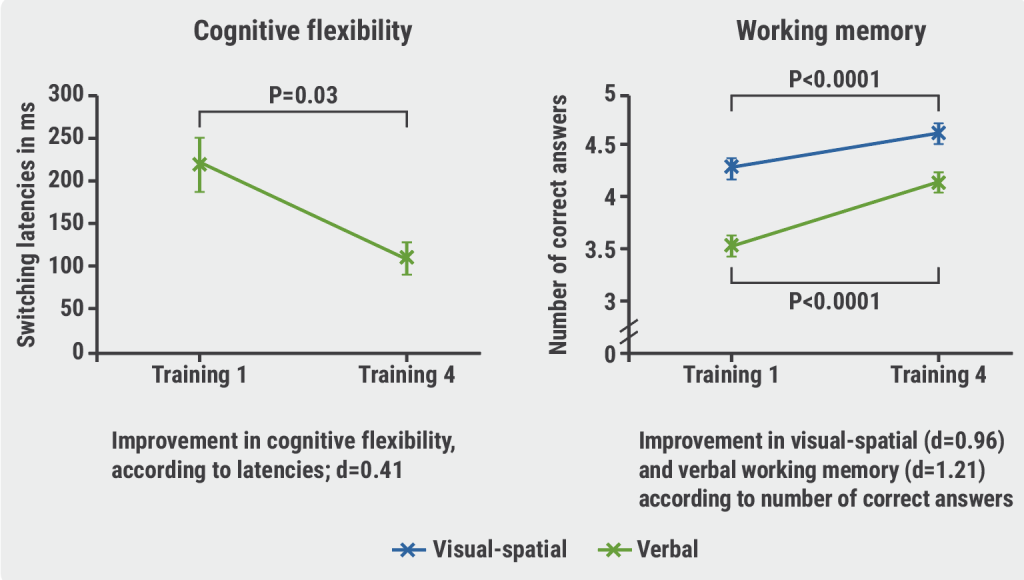"The U.S. could avert significant patient suffering and save $92 million a year if sacubitril-valsartan was initiated in all new inpatient heart-failure patients who are eligible," Dr. Thomas A. Gaziano of Brigham and Women's Hospital, Harvard Medical School, in Boston, told Reuters Health by email.
Previous studies showed that sacubitril-valsartan treatment in patients with HFrEF reduces mortality and hospitalization rates and is cost-effective in outpatient populations, compared with enalapril treatment. It also appears to be safe to administer sacubitril-valsartan to hospitalized patients with acute decompensated HFrEF.
Dr. Gaziano and colleagues examined whether administering sacubitril-valsartan to patients hospitalized with HFrEF was also cost-effective, compared with two other scenarios: those who initiated sacubitril-valsartan without readmission for heart failure for at least two months after hospitalization and those who continued enalapril indefinitely.
At the two-month follow-up, the model predicted 44% fewer HF admissions among patients whose sacubitril-valsartan treatment began during their hospitalization, versus the other two groups, the researchers report in JAMA Cardiology.
In-hospital initiation of sacubitril-valsartan was associated with 62 fewer HF admissions per 1,000 patients compared with outpatient initiation of sacubitril-valsartan and 116 fewer compared with continuation of enalapril treatment.
From a healthcare perspective, sacubitril-valsartan treatment would save the healthcare system more than $473 per person at two months. At the national level, there would be 52,856 fewer HF admissions per year when that treatment began during hospitalization, compared with enalapril treatment.
Over longer periods, sacubitril-valsartan treatment was cost-saving compared with both enalapril treatment and with initiation of sacubitril-valsartan treatment after hospitalization.
Results were similar in analyses using a societal perspective. Compared with enalapril treatment, sacubitril-valsartan treatment would save $460 per person at two months and up to $15,926 per person during a lifetime.
Compared with sacubitril-valsartan initiation after hospitalization, sacubitril-valsartan initiation during hospitalization would save $460 per person at two months, $813 per person at one year, and more than $7,073 per person during a lifetime.
"Sacubitril-valsartan is a safe and effective medicine, and the best opportunity to initiate it is while a patient is an inpatient," Dr. Gaziano concluded. "Efforts must be made to make sure the medication remains accessible to all."
"Given the prevailing assumptions, our interpretation is that use of sacubitril-valsartan for hospitalized heart failure is further enabled by these provocative cost-effectiveness data," write JAMA Cardiology Editor Dr. Robert O. Bonow and colleagues in a linked editorial. "Yet, equitable access remains a challenge for many patients with HFrEF."
"Careful ongoing analyses are required to further validate these assumptions in real-world applications, evaluate their generalizability, and consider the individual, health system, and societal value for this indication," the editorial concludes.
Dr. Daniel Touchette of the University of Illinois at Chicago College of Pharmacy, who conducted an earlier cost-effectiveness analysis of sacubitril-valsartan in patients with HFrEF, told Reuters Health by email, "There is not much new information with this particular publication, other than an update to previous cost-effectiveness estimates based on new data."
"Sacubitril-valsartan appears to be an effective and efficient treatment that should be strongly considered for the indicated patient population, i.e., patients with HFrEF (EF <=40%) who are hospitalized for acutely decompensated HFrEF," he said. "Evidence of reduced hospitalizations and cost savings for hospitals may facilitate treatment pathways that encourage the use of sacubitril-valsartan starting in the hospital."
Novartis AG, which sells the combination under the brand name Entresto, funded the study through a grant to Brigham and Women's Hospital and had various relationships with all of the report's authors, as well as with one of the editorialists.
By Will Boggs MD
SOURCE: https://bit.ly/32b3dmo and https://bit.ly/3l0cUNm JAMA Cardiology, online August 12, 2020.
Posted on
Previous Article
« Vericiguat shows beneficial effects in a very high-risk HF population Next Article
Mavacamten shows promising results in non-obstructive hypertrophic cardiomyopathy »
« Vericiguat shows beneficial effects in a very high-risk HF population Next Article
Mavacamten shows promising results in non-obstructive hypertrophic cardiomyopathy »
© 2024 Medicom Medical Publishers. All rights reserved. Terms and Conditions | Privacy Policy
HEAD OFFICE
Laarderhoogtweg 25
1101 EB Amsterdam
The Netherlands
T: +31 85 4012 560
E: publishers@medicom-publishers.com


